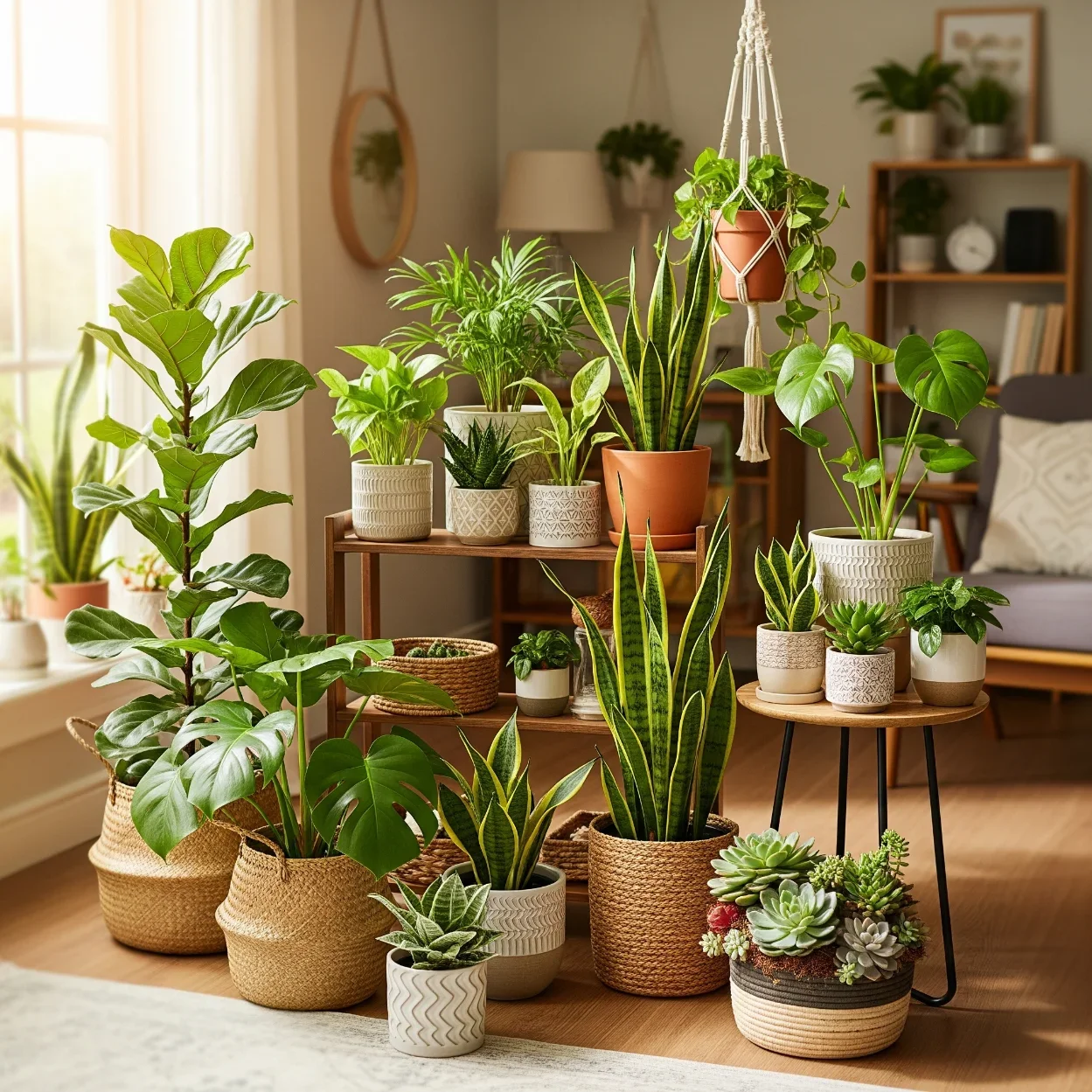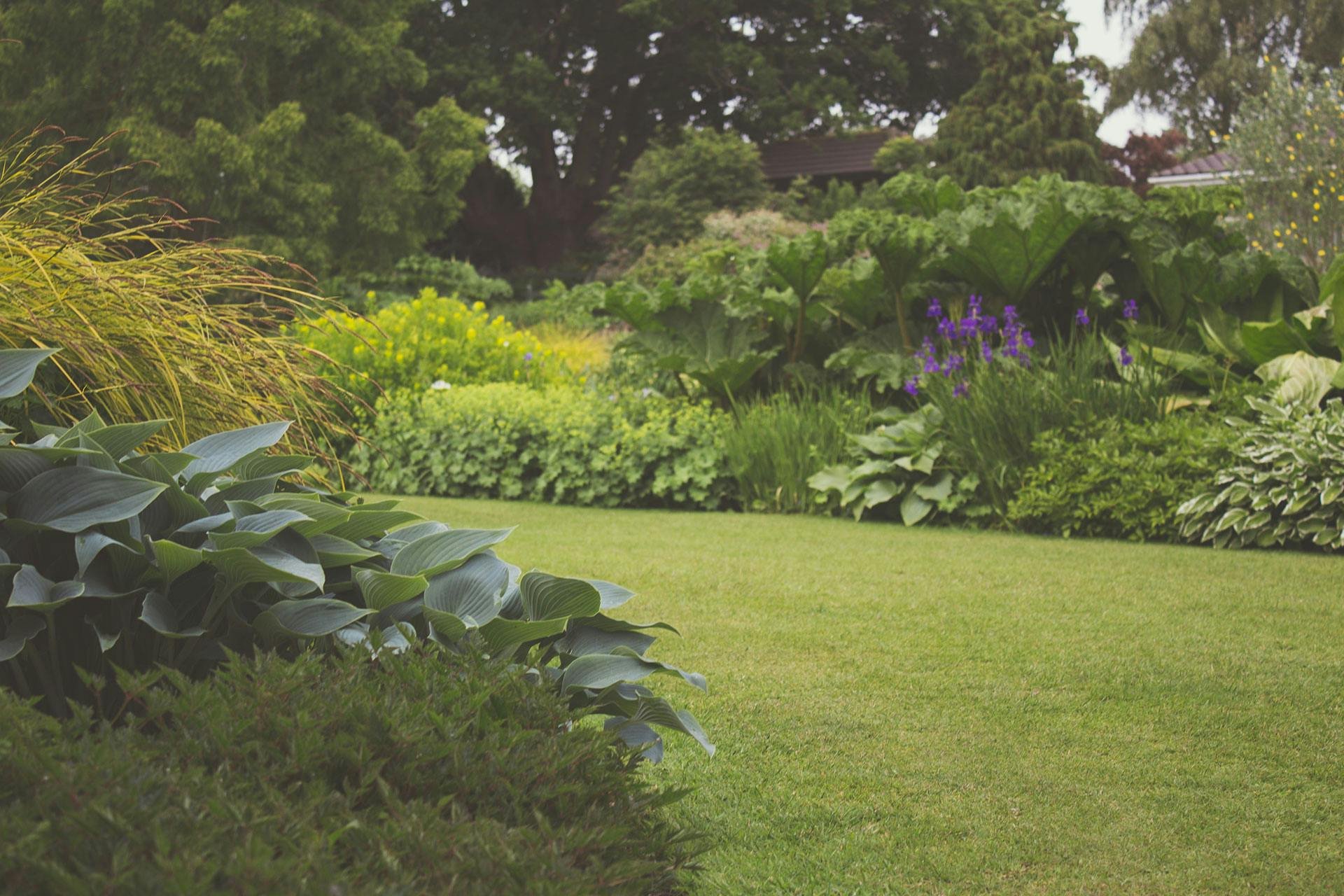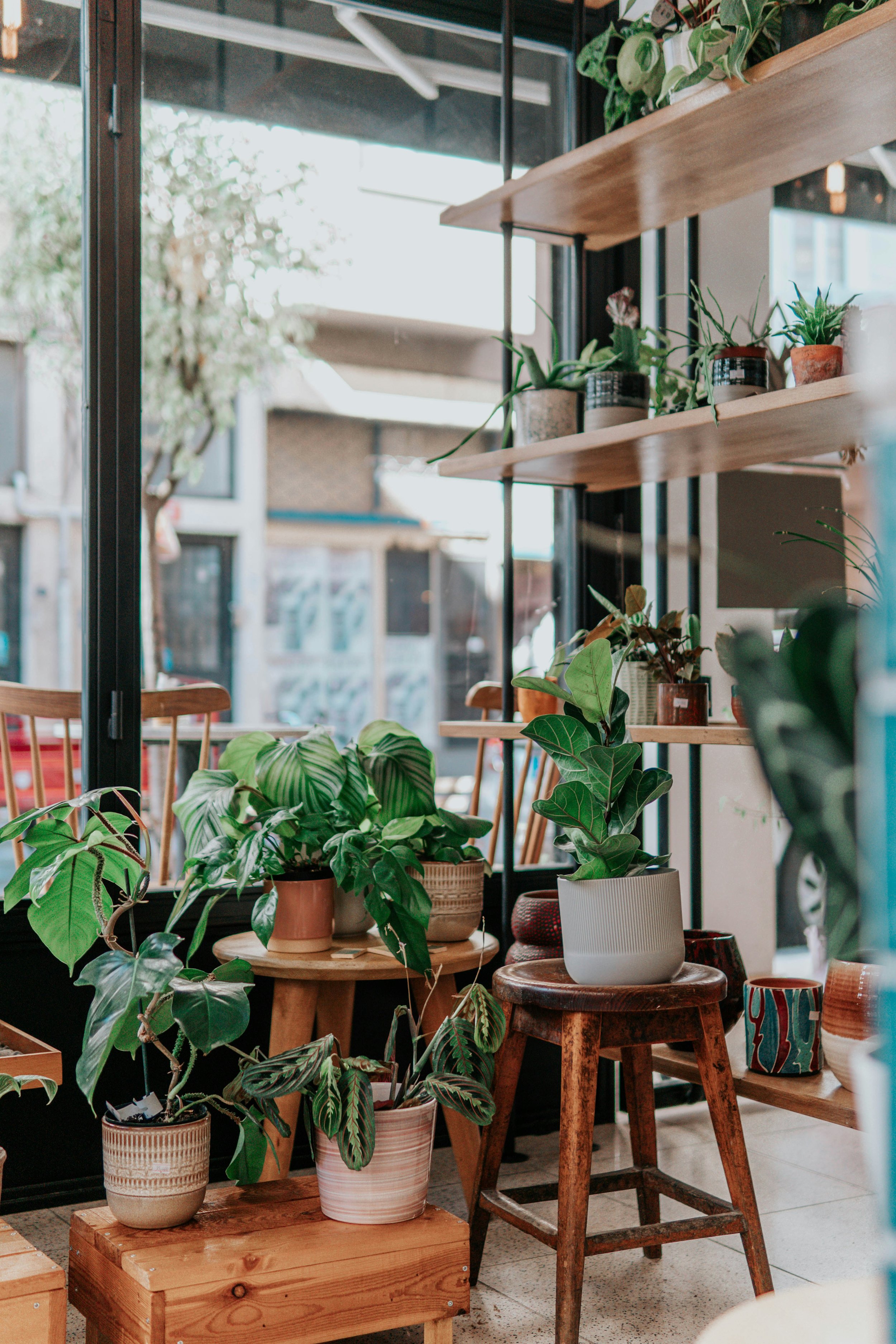5 Tips for Growing Tropical Plants in Home Gardens
Discover 5 expert tips for growing tropical plants in home gardens—covering care, climate, and soil needs to help your greenery thrive.
Tropical plants bring a lush, vibrant feel to any garden and can transform ordinary outdoor spaces into peaceful retreats filled with exotic beauty. Whether you have a big backyard or a small patio, growing tropical plants can add color, texture, and a touch of paradise to your home environment. Many of these plants thrive in warm, humid conditions and require some special care to flourish, but with the right approach, anyone can enjoy their tropical charm. In this guide, we'll walk you through five practical tips to help you grow healthy and beautiful tropical plants in your garden.
Choosing the Right Tropical Plants for Your Garden
Consider Your Climate and Growing Conditions
Before planting, think about the climate where you live. Tropical plants naturally thrive in warmer, more humid environments, but some varieties are more forgiving and can adapt well to cooler or drier areas if given the right care. If you live in a region with colder winters, choosing tropical plants that tolerate some chill or that can be moved indoors during cold snaps is key.
Select Plants That Match Your Garden’s Light Availability
Most tropical plants prefer bright, indirect sunlight, but each species has its own lighting needs. For example, palms and ferns often flourish in shaded spots, while hibiscus and bird of paradise need several hours of bright light for strong blooms. Assess your garden’s light patterns throughout the day to pick plants that will thrive naturally without struggling for sun.
Think About Size and Space Needs
Tropical plants range from petite potted varieties to large palms and banana trees that can grow several feet tall. Before planting, consider the mature size of each plant and ensure your garden has enough space to accommodate its spread. Overcrowding tropical plants can lead to poor growth and increase the risk of disease.
Preparing the Soil and Planting Area
How to Create Well-Draining, Nutrient-Rich Soil
Tropical plants generally prefer soil that drains well yet retains moisture. You can improve your garden soil by mixing in organic matter such as compost or coconut coir, which helps maintain moisture without becoming soggy. Adding perlite or sand can further enhance drainage, preventing root rot caused by waterlogged soil.
Tips for Proper Planting Techniques
When planting tropical plants, dig a hole slightly larger than the root ball and loosen the surrounding soil to encourage root expansion. Place the plant at the same depth it was growing in its pot to avoid burying the stem, which can cause rot. Firm the soil gently around the roots and water thoroughly to settle the soil.
Using Mulch to Retain Moisture and Suppress Weeds
Applying a layer of organic mulch around your tropical plants helps keep the soil moist and cool, which mimics their natural environment. Mulch also reduces weed growth, which competes for nutrients and water. Use materials like shredded bark or leaves, making sure to keep mulch a few inches away from plant stems.
Watering and Feeding Your Tropical Plants
Understanding Tropical Plants - Water Requirements
Many tropical plants love consistent moisture but dislike sitting in water. Water thoroughly when the top inch of soil feels dry, ensuring excess water drains away. Observe your plants closely; drooping leaves can indicate under-watering, while yellowing leaves may suggest over-watering.
Choosing the Right Fertilizer for Healthy Growth
Feed your tropical plants with a balanced, slow-release fertilizer during the growing season, typically spring through early fall. Organic options like compost tea or fish emulsion work well and nourish the soil ecosystem. Avoid over-fertilizing, which can harm roots and lead to lush foliage but fewer flowers.
Signs Your Plants Need More or Less Water
Keeping an eye on how your plants respond to watering helps you adjust care routines. Wilting, dry leaf tips, and stunted growth often mean your plants are thirsty. Conversely, soft, yellowing leaves or moldy soil suggest watering too often. Adjust accordingly to find the right balance.
Caring for Your Tropical Garden Throughout the Seasons
Adjusting Water and Light as Seasons Change
As daylight and temperatures shift, tropical plants may require less water and different light exposure. In cooler months, reduce watering frequency but don’t let the soil dry out completely. If plants are indoors for winter, place them near bright windows but away from drafts.
Protecting Plants from Cold or Dry Weather
Dwarf tropical plants are sensitive to cold temperatures and dry air. Use frost cloths or bring pots indoors during colder months. Humidity trays or regular misting can help prevent leaf browning caused by dry conditions, a common challenge especially indoors.
Pruning and Maintenance Tips to Encourage Growth
Regular pruning removes dead or damaged leaves and encourages bushier growth. Use clean, sharp tools to make precise cuts and avoid spreading disease. For flowering tropicals, deadheading spent blooms can promote new flowers.
Common Challenges and How to Handle Them
Identifying and Treating Pests Naturally
Tropical plants can attract pests like spider mites, aphids, and scale insects. Early detection is crucial. Introducing beneficial insects or applying natural remedies like insecticidal soap and neem oil keeps pests under control without harsh chemicals.
Preventing and Managing Common Diseases
Good air circulation, proper watering, and clean gardening tools reduce the risk of fungal diseases and root rot. If you spot spots, mildew, or unusual discoloration, isolate the affected plant and treat it with fungicide or natural remedies as needed.
Troubleshooting Yellow Leaves, Wilting, and More
Yellowing leaves might indicate nutrient deficiencies or watering issues, while wilting can be a sign of root damage or pests. Investigate soil moisture, check roots, and adjust care habits to help your plants recover and thrive.
FAQs
1. How to care for indoor tropical plants?
Keep their soil a little moist, not soaking wet. Give them bright but indirect light, and mist them sometimes so they stay happy and humid. Use good soil and feed them a bit during growing seasons.
2. How to make tropical plants grow faster?
Give them plenty of indirect sunlight, keep the soil moist without drowning them, keep the air warm and humid, and feed them regularly when they’re growing.
3. How often should I water my indoor tropical plants?
Check the soil—when the top inch or two feels dry, it’s time to water. Usually every few days, but it depends on your home’s temperature and humidity.
4. Do indoor tropical plants need sunlight?
Yes, they like bright light but not strong direct sun. Too little light makes them leggy; too much can burn their leaves.







